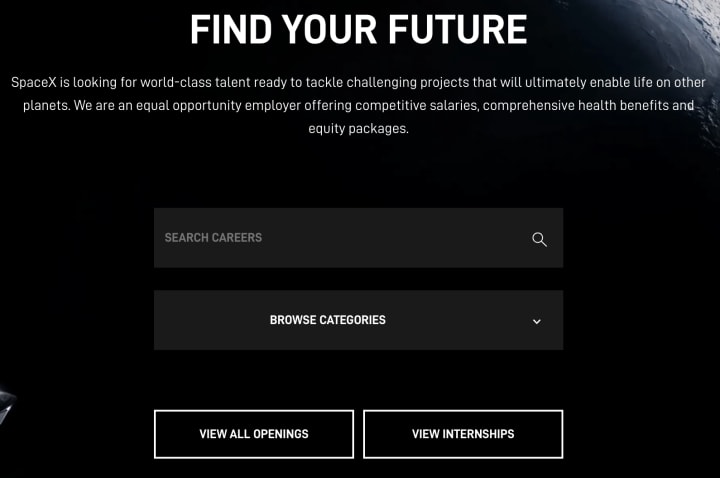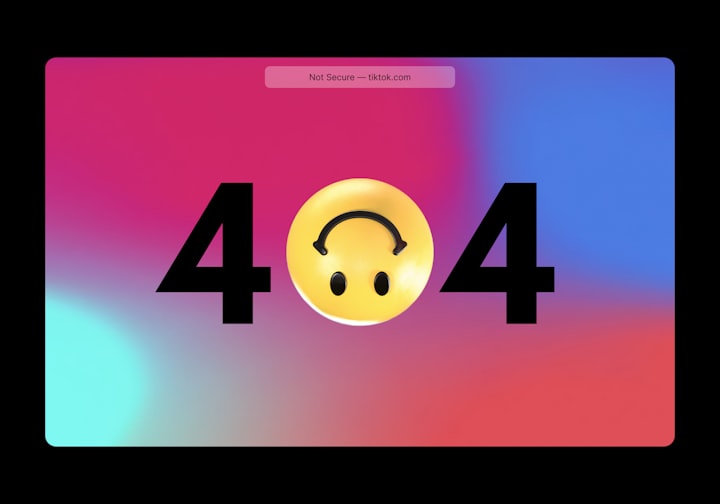Port-faux-lium
Online universities stand their ground on this collapsed ePortfolio platform
I am a lifelong learner. I love education, communication, the exchange of ideas and opinions. Discourse. I particularly love online education. A lot of people discount it, and many students do phone it in; but it gives me a chance to digest people’s posts and responses, consider them, and craft an informed, well-formulated response.
I have a growth mindset. I can get quite irritated when I’m going into something that I do not believe will be value-added. This was true for many, many, briefings that I was forced to attend in the military. It has been true for many classes I’ve had to take in school. I still tend to fume more than I should…but I always go into it with the express intent of finding one thing to walk away with. One thing I didn’t know. One thing that will add value going forward.
Enter: the Capstone to my Master’s degree in Management at American Military University. This class is eight weeks of developing an ePortfolio in the (apparently) popular site Portfolium. I didn’t so much go into this class with the intent to take something away; rather, I just thought it would be a quick and easy-to-pass class — one last step toward my degree.
But I was wrong.
What is Portfolium?
Portfolium, which has been acquired by Instructure, apparently connects employers to students or recent grads through something called TalentMatch — although the link to TalentMatch in the article I linked (from 2016) takes you to Instructure’s website, and a search for TalentMatch returned no results *shrug*.
But the gist of it is that you upload to your profile projects that you’ve worked on that display your abilities and personality.
Think Facebook meets LinkedIn meets a Google Drive folder.
From there, employers can search for prospective employees by skillsets, and then review the projects they’ve uploaded that display those skillsets. It sounds like a great idea.
But I’ve never heard of Portfolium. And as I learned in the Week 1 discussion post, not a single one of my classmates has heard of Portfolium. So who is really using Portfolium, and how?
Who Is Using Portfolium?
Absolutely no one.
There is a myriad of different companies with apparent connections to Portfolium. Big companies. Amazon. SpaceX. Sears. Johnson & Johnson.
There are jobs posted on each of these companies’ profile pages in Portfolium.
Jobs that were posted no more recently than 2–5 years ago.
As I randomly selected companies, and randomly selected job postings, I found that not a single one of the twenty jobs I checked was still available. If you were lucky, you were directed to the company’s career page, so you might be able to find something else.

But if it was a listing that was posted on a job search site like Indeed or ZipRecruiter, it was just gone.

So, I went to my feed. What are people posting, saying, exchanging? Nothing. The most recent post was by Portfolium itself. The latest winner of Portfolium Project of the Week. From a year ago.

Way to go, Nick.
So, I went to the Discover tab. Let’s see what’s out there. The most recent “Experts Pick” was a video created by Portfolium and Instructure — from 2020.
So, I turned to Google. I searched for companies that used Portfolium, students that had Portfolium to thank for landing their dream job, or just getting their foot in the door.
The first three pages of Google results came exclusively from universities — university pages lauding Portfolium and how important and valuable and necessary it is. No press releases or pages from companies’ websites talking about their connection to Portfolium; no blogs or articles by students discussing how beneficial Portfolium had been.
Just universities trying to convince you that they’re not wasting your time and money.
Stop Wasting Students’ Time and Money
I am a lifelong learner; I have a growth mindset. I also have an utter disdain for arbitrary mandates. Students are spending thousands of dollars and eight weeks of their time to build and polish their Portfolium, for what?
In many career fields, ePortfolios are vital, no doubt. As a writer, I’ve been asked to provide products that display my abilities. A photographer, a marketer, a graphic designer — all of these must showcase their work.
But who the hell is doing it on Portfolium?
Wouldn’t these last eight weeks be better spent teaching you how to build a website? Maybe universities need to partner with Wix.com — something that is seriously valuable to students and recent grads.
What is even more frustrating is that my university never told me I would be expected to polish my old assignments for inclusion in my Portfolium ePortfolio. I haven't maintained many of these, and I certainly haven't maintained what little constructive feedback I've received from instructors.
And I’m not the only one; the concern has been raised by others in my class. Furthermore, we’re expected to include the feedback we were given when we submitted the original assignment? Don’t get me started on the vibrancy of virtual instructor feedback…
I don’t understand how universities continue to force Portfolium down our throats when it clearly isn’t being maintained. It isn’t a site that provides any value to current students or recent grads. Maybe once it was. But universities would do well to either give us our money’s worth, or let us put that time and money toward developing a website that will actually contribute to our careers.
I’m not even going to get into the current state of higher education — the tuition that continues to rise as the interest/expected return on investment drops. The instructors and professors that treat online education as a side hustle rather than an important role with important responsibilities that affect a lot of people’s lives and livelihoods.
Stop phoning it in.
Please, if anyone has a Portfolium success story, or if I’m off the mark in any way, let me know. It would make getting through this class much, much easier for me.
About the Creator
Adam Patrick
Born and raised in Southeastern Kentucky, I traveled the world in the Air Force until I retired. I now reside in Arkansas with my wife Lyndi, where I flail around on my keyboard and try to craft something interesting to read.







Comments (1)
College and Universities need to treat students of higher education like the adults they are rather than like high school students. Communication is a key part of the difference in that. There is no longer a parent involved, therefore the communication needs to be directly with the student. And classes/educators need to be responsive to both the product they are marketing and the student consumers that they are teaching. Our world is changing and higher education is meant to prepare us for it and keep us updated. That's no use if they aren't doing their job. Well written thoughts here.